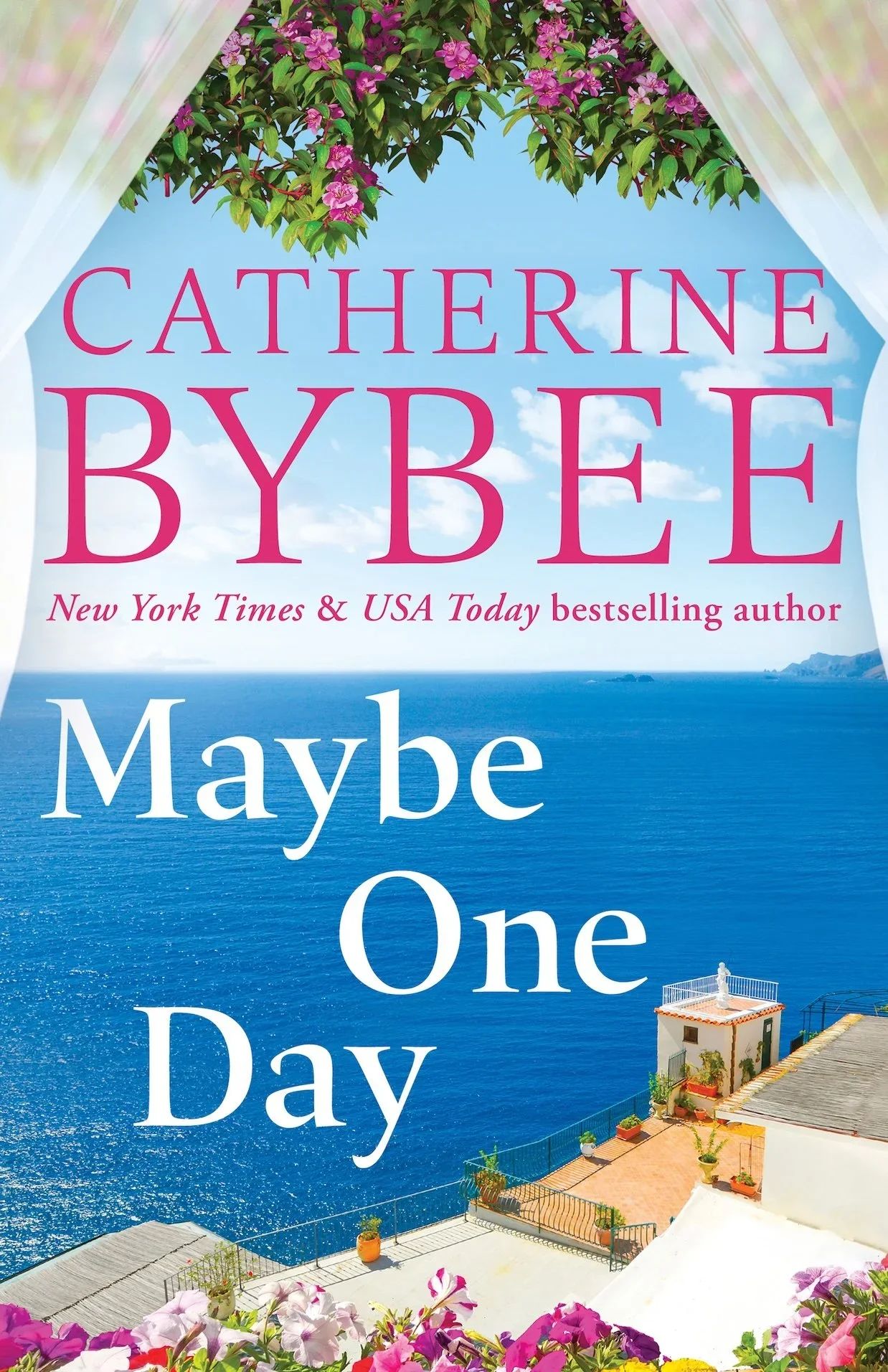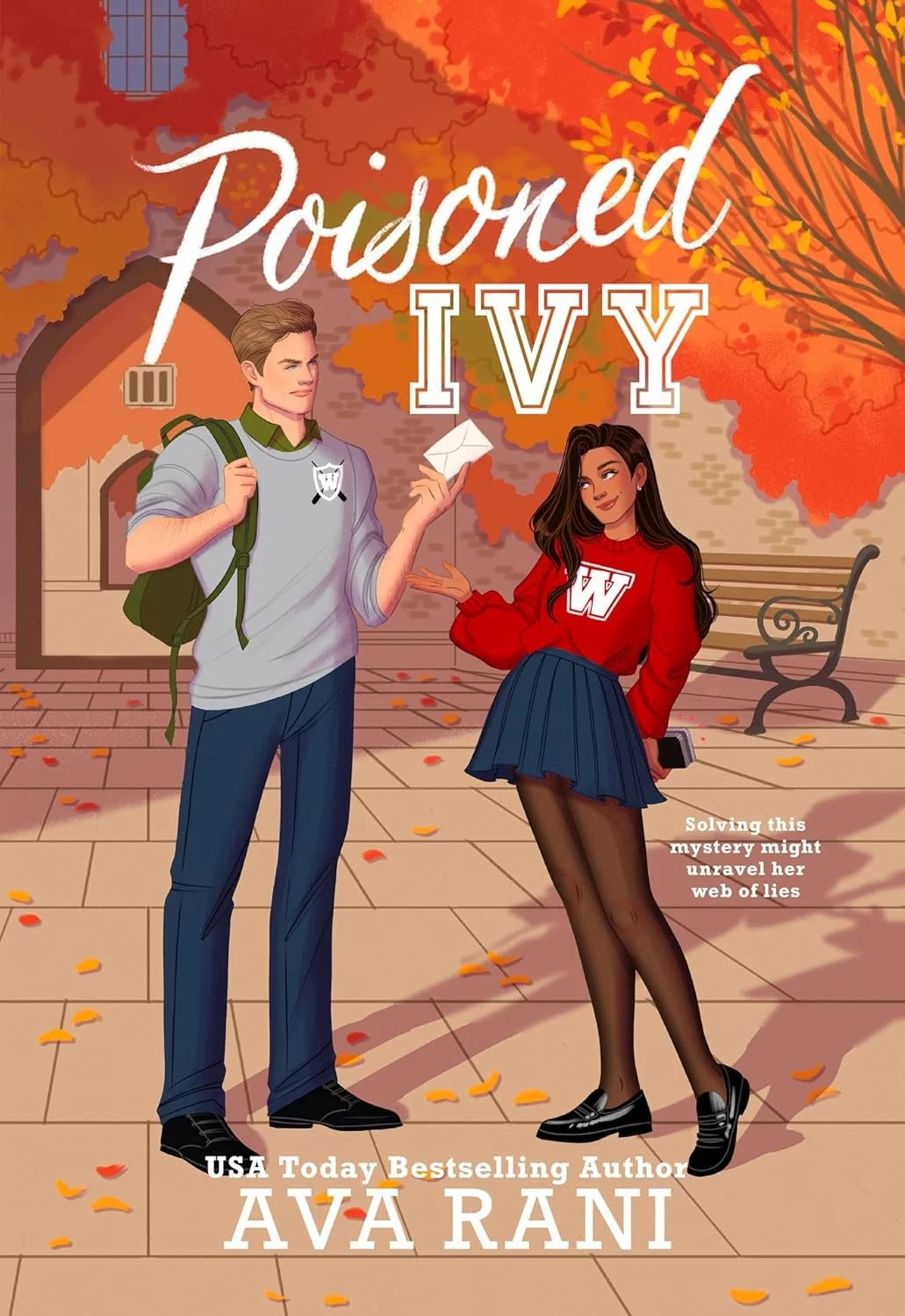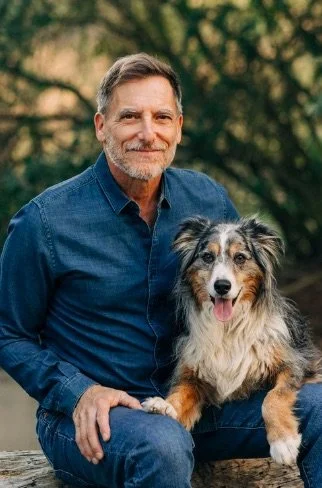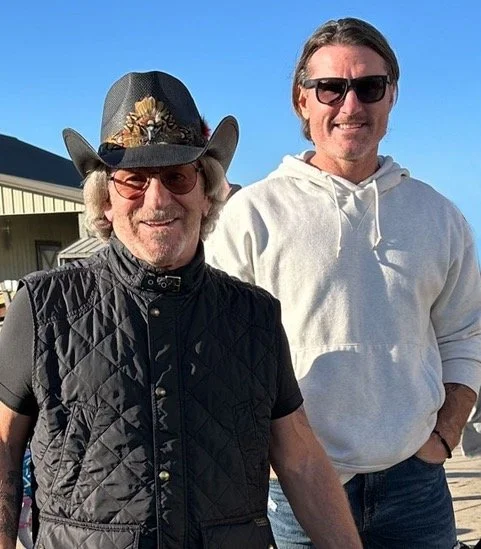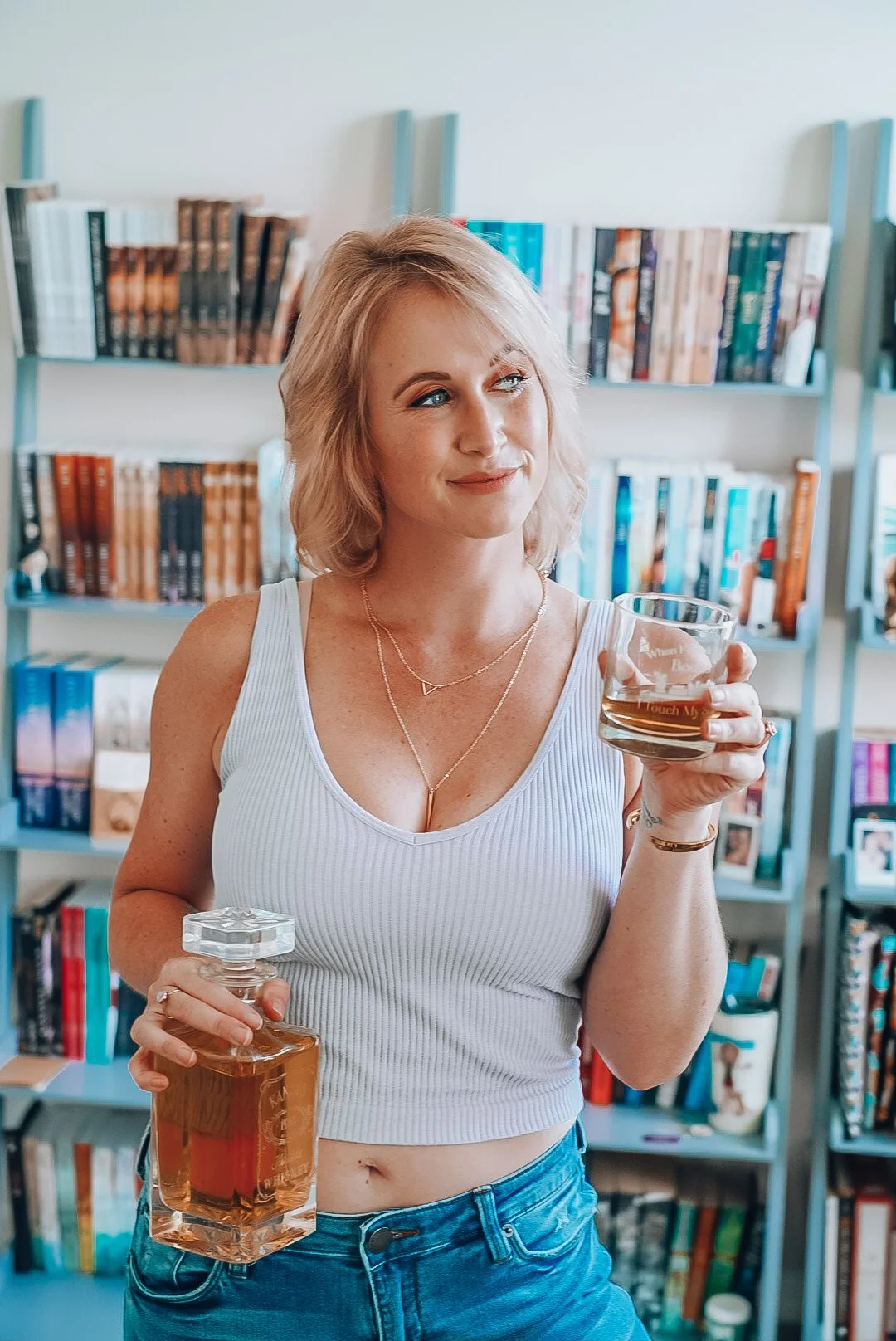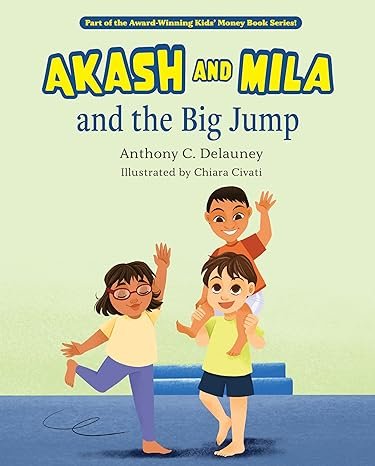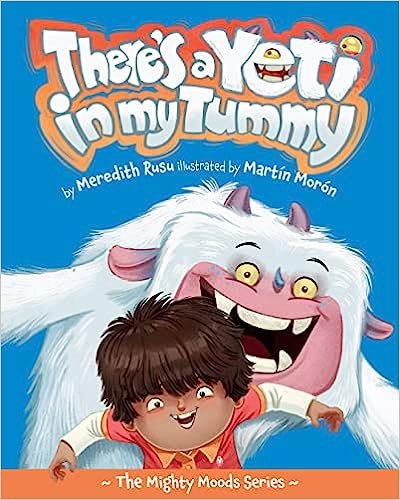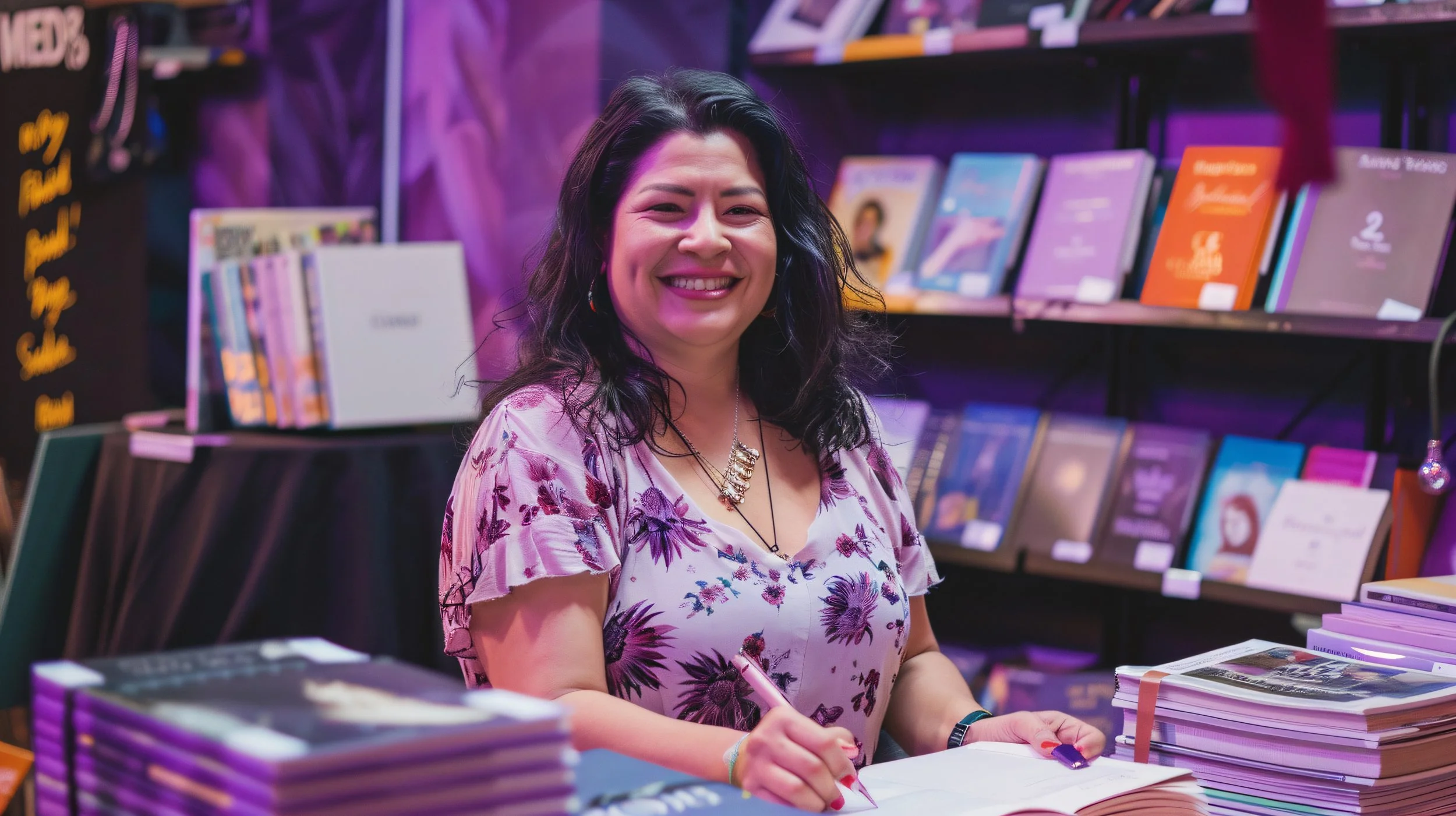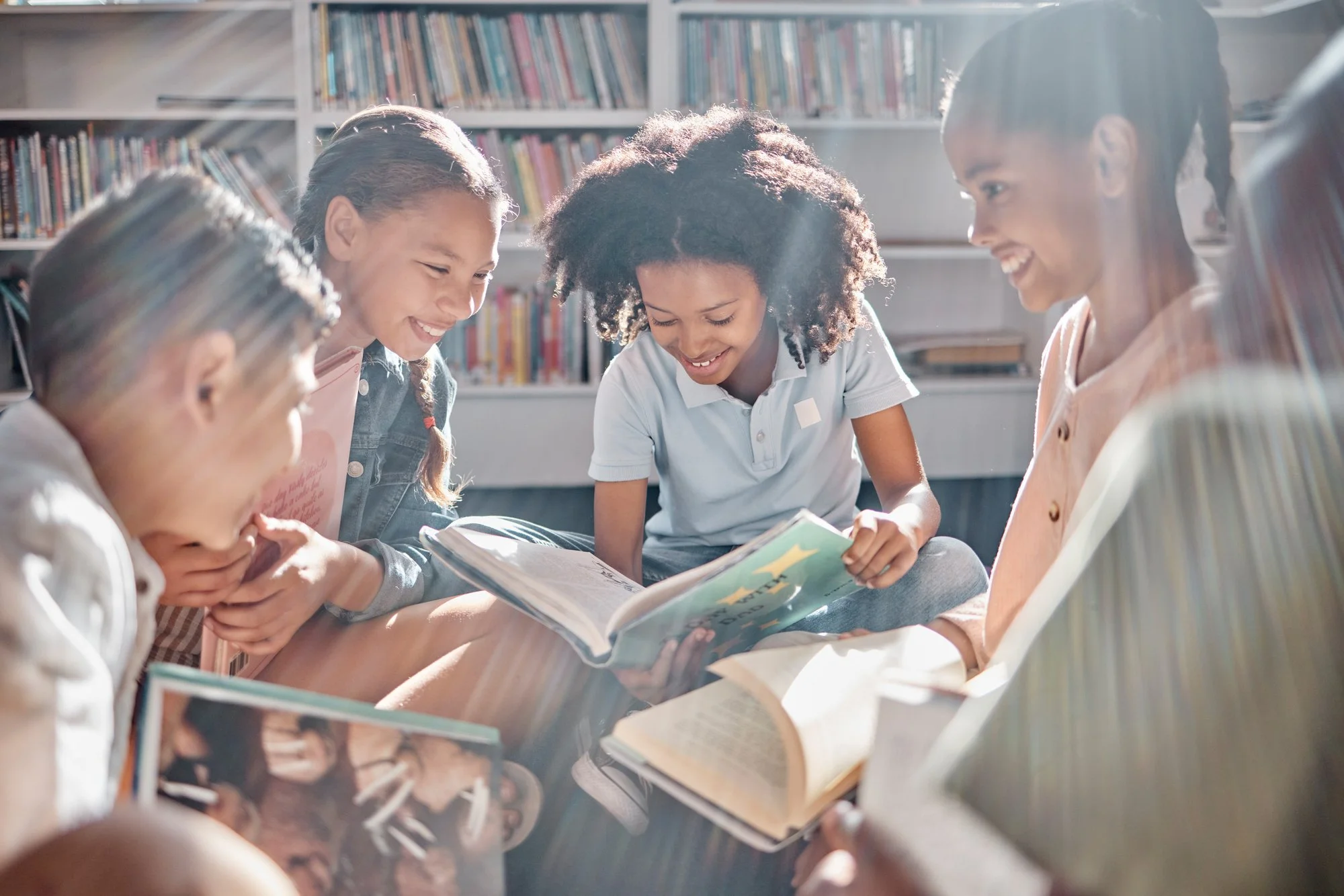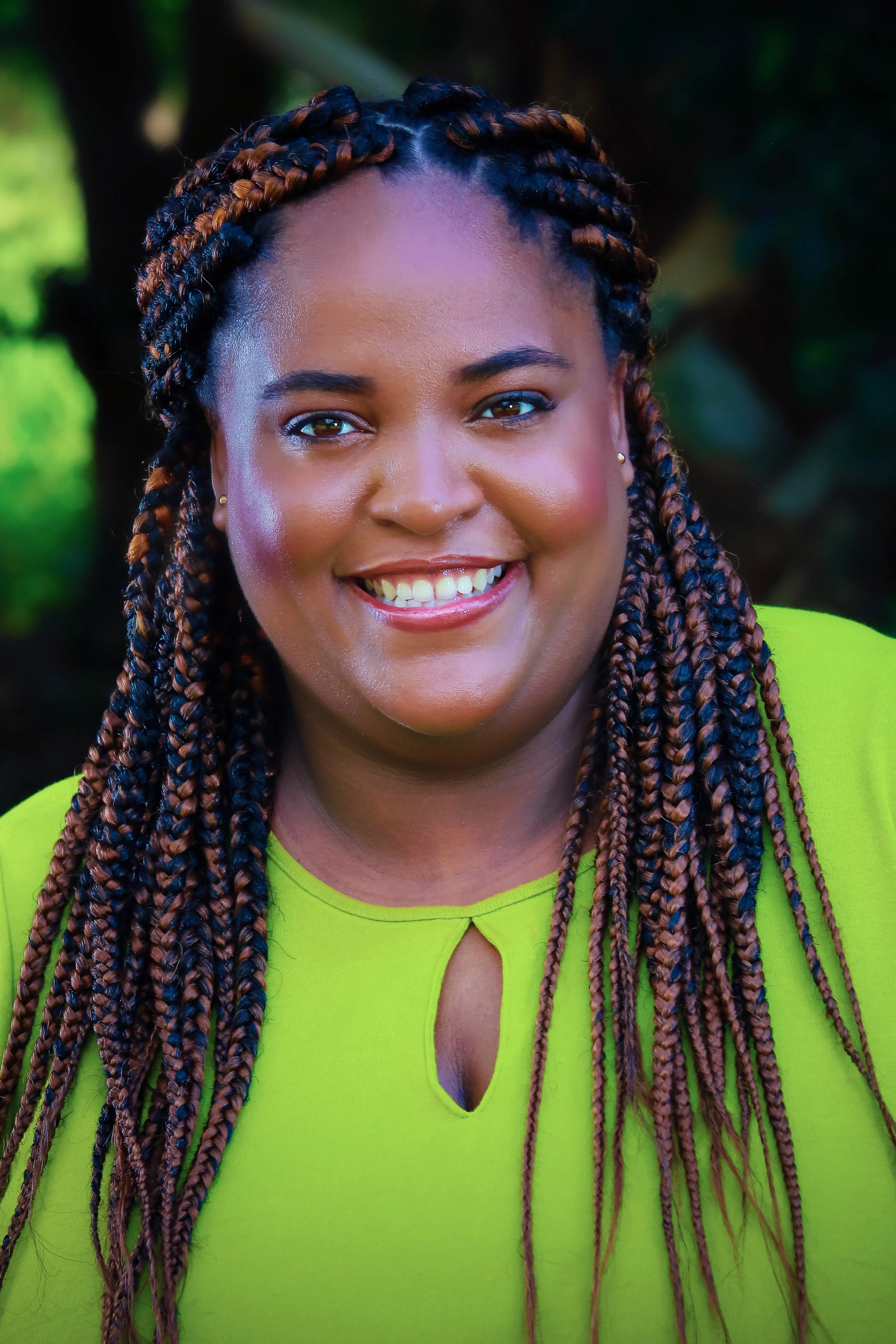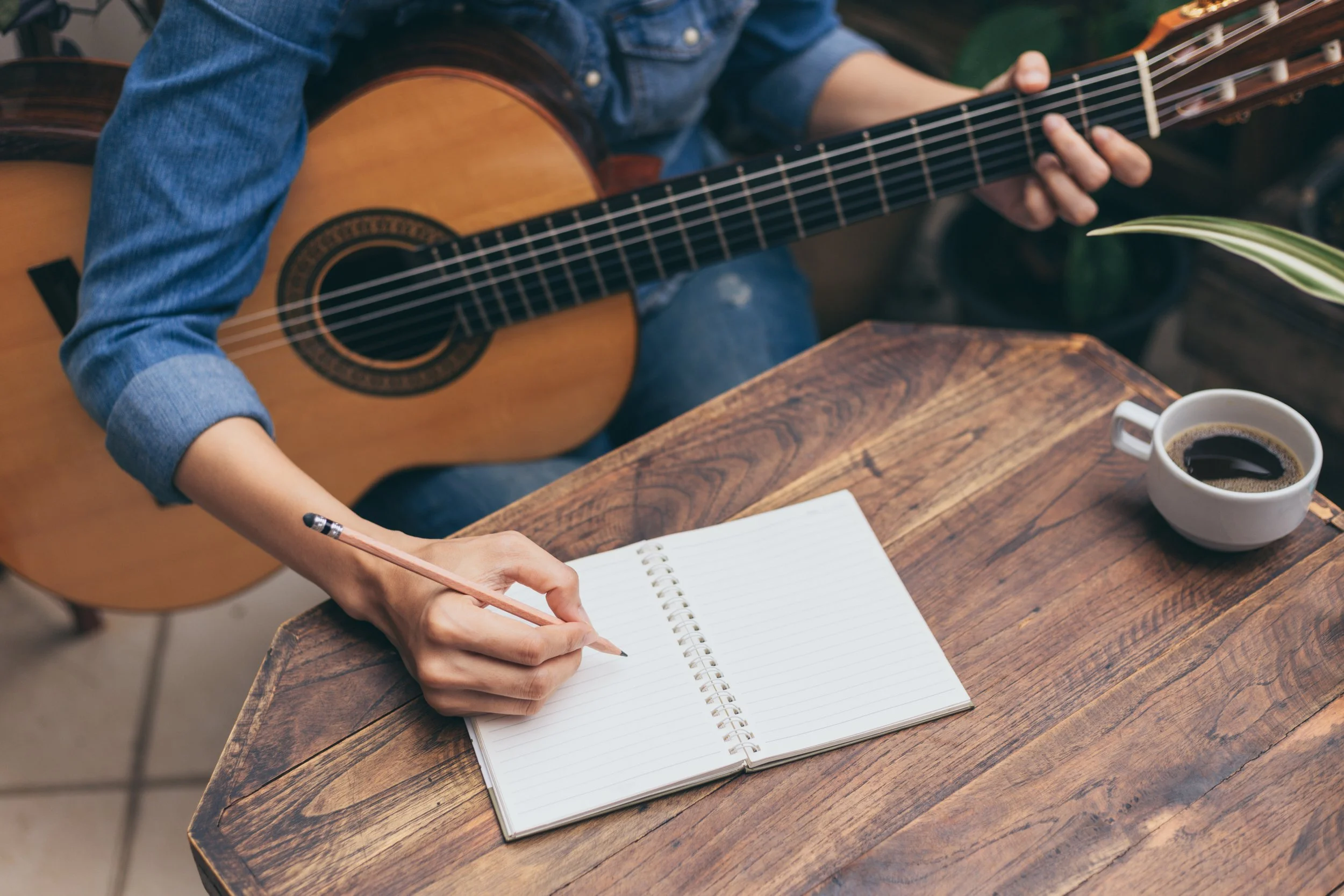Writing with a Photographer’s Eye by Sally Wiener Grotta
/Photography and writing.
For many, those two disciplines appear to be opposite ends of the creative spectrum. But for me, they are two sides of my creative balance beam. As I have written previously, "My photography and my writing inform and strengthen each other, coming, as they do, from the same instinct for storytelling. Capturing the small details, the nuanced gesture, the ambience of the moment and the hidden meaning, in words or pictures, that's what makes me feel excited to be alive. Of course, then I get to manipulate it, to express the essential core... as I see it."
But what it is to write with a photographer’s eye? And how can writers, who may or may not be photographers, develop that level of visual, visceral narrative?
Here is an exercise that I sometimes suggest to my workshop audiences: Keep a notebook with you at all times, and write down descriptions of the most mundane things you see around you. Have only one description per page. Then, rewrite it and rewrite it again and again, unearthing all the physical details of that moment, place or thing.
For instance, suppose you see sun shining through a window into an otherwise dark room. A photographer (and a good writer) will see much more than those basic facts. She might see stripes of light, creating a crosswalk pattern on the dusty, scarred old wood of the floor. Or, dust motes floating in the searing, sudden white beam that disappears when a cloud drifts by.
If you see an old dog asleep in a yard, perhaps he’s a golden retriever with white old-man fringes around his muzzle and tuffs of torn fur exposing his mottled pink/brown belly. His eyes flutter, his paws twitch and I hear small puppy-like yaps. Is he dreaming?
Ignore any emotional elements for the moment. Just focus on what you can see. (Okay, I can’t see the dreaming, but that is what dogs do when they dream. Right?) The emotions will become evident from the physical.
Even as you become more comfortable with writing these kinds of descriptions, keep your notebook with you and write in it every chance you get. Those little details that you find around you will texture your fictional narrative with imagery that readers can hold in their mind’s eye, as they get lost in your story.
Sally Wiener Grotta has been making her living as a freelance writer and photographer for quite a number of years. Her most recent short story “The Broken Bottle” is available on this website as a free download. (She is also the author of the novel “Jo Joe” (http://www.pixelhallpress.com/jo_joe.html), which is definitely a novel that any reader will want to embrace the beautiful story told. Her next novel “The Winter Boy” will be published in autumn, 2014. ( http://www.pixelhallpress.com/the_winter_boy.html.
You may connect with Sally at http://www.grotta.net/blog.htm or on Facebook (www.Facebook.com/SallyWienerGrotta) or twitter (@SallyWGrotta). Her American Hands photography may be seen at /www.AmHands.com.


